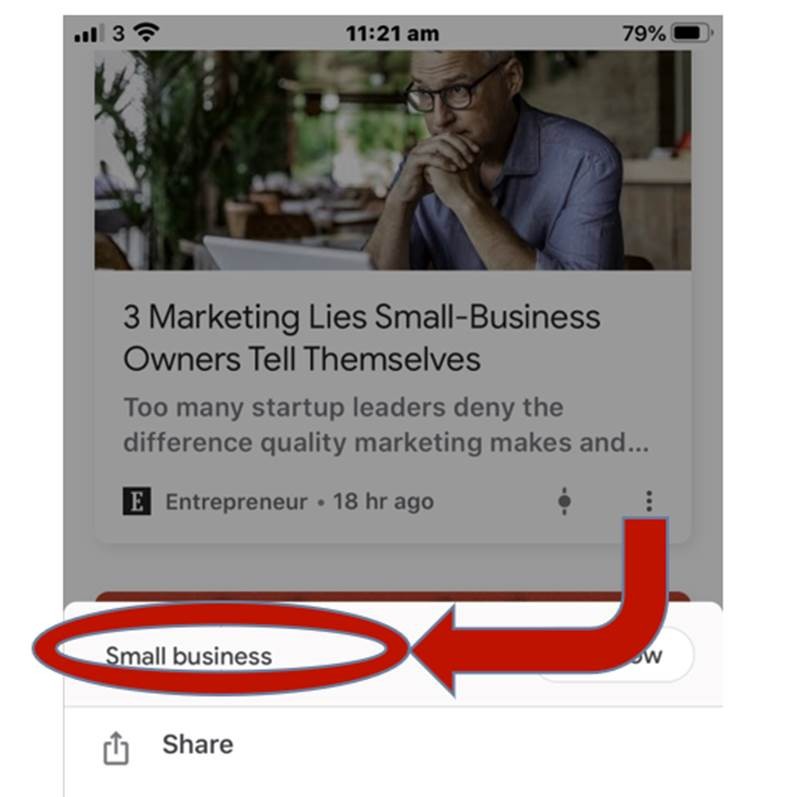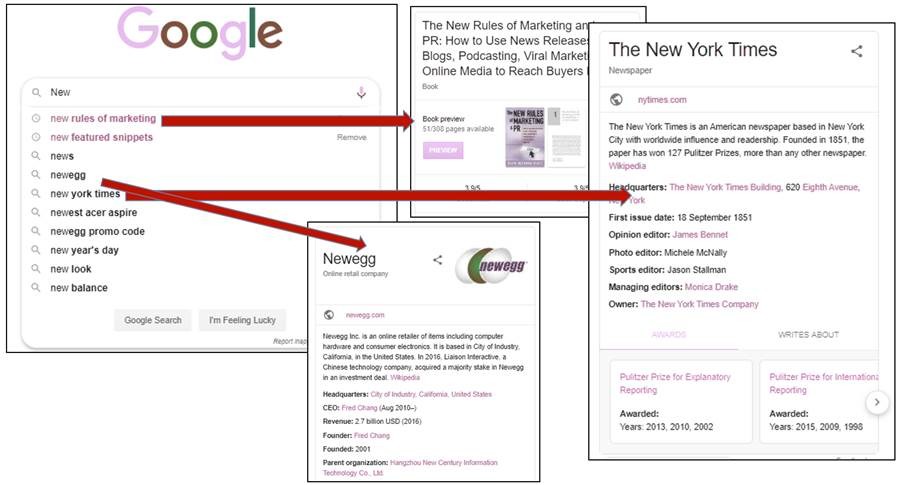Google NLP:
How does Google understand content published on the Web?
Google uses natural language processing (NLP) algorithms to convert web pages into machine-readable topics and concepts. These topics and concepts are called “named entities”.
Using Google's NLP API and comparing the results with those obtained by Inlinks, we examined how Google understands content published on the web, according to each industry sector.
14.4%
Industry average
Why should we measure Google’s level of understanding?
Google uses its own natural language processing algorithms to detect the entities present on each web page.
These entities are then linked to Google’s Knowledge Graph, which interconnects all of the different indexes Google has (from images to Google My Business) as well as other services of the search engine. This results in a number of applications:
1. Understanding the interests of Internet users
Each time a user visits a page with Chrome, Google will record his activity, and build a representation of his interests (visible in https://myactivity.google.com/myactivity). To simplify this, each centre of interest corresponds to an entity.

With this level of Entity mapping, Google can customize the search experience for its users.
2. Customizing Google Discover
Google Discover can be a great source of free traffic for your blog posts and also for your product pages, as long as Google has correctly identified the entities contained in those pages.
For example, here's an article appearing in Google Discover, purely due to an interest in Small Business, which is the underlying entity related to this story. .

This type of retargeting, which is both free and effective, can be achieved provided your product pages and articles are correctly understood by Google. In other words, at least the main entity of the page needs to be detected by Google (in this example: “Small Business”.
3. Personalizing Google Search
Google also uses entities to personalize the search experience, especially on mobile devices.

To demonstrate this, in the above images, a search starting with “New", will result in several suggestions based on the previous activity of the user. The search results that will be returned will be specific to the selected entity behind the search phrase.
To maximize your chances of appearing in SERPs linked to an entity, it is again necessary to make sure that Google has detected the important entities of your content.
Latest studies available
- Google's understanding of the Software sector
- Google's understanding of the Software sector
- Google's understanding of the Geographical areas sector
- Google's understanding of the Home appliances sector
- Google's understanding of the Finance sector
- Google's understanding of the Finance sector
- Google's understanding of the Marketing sector
- Google's understanding of the Finance sector
- Google's understanding of the Finance sector
- Google's understanding of the Software sector
- Google's understanding of the Finance sector
- Google's understanding of the Software sector
- Google's understanding of the Automotive sector
- Google's understanding of the Health sector
- Google's understanding of the Health sector
- Google's understanding of the Employment sector
- Google's understanding of the Marketing sector
- Google's understanding of the Software sector
- Google's understanding of the Software sector
- Google's understanding of the Marketing sector
- Google's understanding of the Software sector
- Google's understanding of the Tools sector
- Google's understanding of the Finance sector
- Google's understanding of the Education sector
- Google's understanding of the Marketing sector
- Google's understanding of the Health sector
- Google's understanding of the Health sector
- Google's understanding of the Health sector
- Google's understanding of the Health sector
- Google's understanding of the Finance sector
- Google's understanding of the Software sector
- Google's understanding of the HR Management sector
- Google's understanding of the Finance sector
- Google's understanding of the Marketing sector
- Google's understanding of the Technology sector
- Google's understanding of the Finance sector
- Google's understanding of the Health sector
- Google's understanding of the Software sector
- Google's understanding of the Finance sector
- Google's understanding of the Health sector
- Google's understanding of the Real Estate sector
- Google's understanding of the Clothing sector
- Google's understanding of the Automotive sector
- Google's understanding of the Jewellery sector
- Google's understanding of the Law sector
- Google's understanding of the Health sector
- Google's understanding of the Education sector
- Google's understanding of the Software sector
- Google's understanding of the Software sector
- Google's understanding of the Marketing sector
FAQs
What is an entity?
An entity (or named entity) refers to a real or abstract object, such as a person, organization, place, product or concept, that can be attached to a given repository, usually a knowledge graph.
What is the difference between a keyword and an entity?
In linguistics, an entity designates a single subject, whereas a keyword can designate several entities.
Let's take the example of the keyword "design". Depending on the context in which it is used, this keyword can refer to several different entities.
| Keyword | Context | Entity |
| design | Apartment | Interior design |
| design | Communication | Graphic design |
| design | Video games | Game design |
Conversely, an entity may have many synonymous keywords. So, the entity wikipedia.org/wiki/Search_engine_optimization will have in English no less than 74 keywords and semantically close or synonymous expressions, for example:
- Searchability optimization
- Blackhatter
- Search engine ranking
- On-page factors